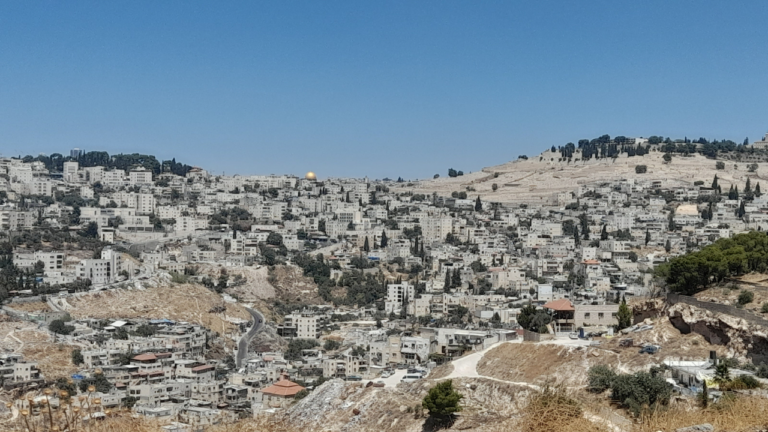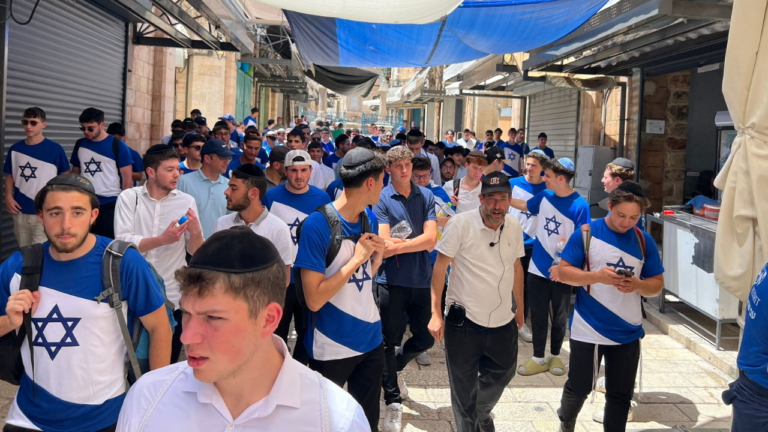The Mourning of Jerusalem
One of the most iconic and stirring kinnot is “Eli Tzion.” The opening line and refrain reads as follows: “Wail Zion and her cities like a woman in labor having contractions.” This is stirring imagery and depicts the depth of the pain of Zion over her destruction and exiled children.
In his commentary on this kinah, Rabbi Soloveitchik notes that this devastating kinah is traditionally recited at the conclusion of the prayer and kinnot service. The message, as he understands it, is that we cannot sufficiently mourn over the Yerushalayim. One might have thought that after a full morning of kinnot we would fulfill our obligation of mourning and yearning and be able to end on a lighter note. Concluding with this painful kinah highlights the fact that we can never sufficiently mourn over a destroyed Yerushalayim.
While Rabbi Soloveitchik’s point is certainly correct and we can never let up from our mourning over Yerushalayim, there are those who insist on finding a message of hope peering through the dark wall of this kinah. A day of thinking about Yerushalayim must have a hopeful and uplifting undertone, despite the overt mourning.
One such figure is the great Chassidic Rebbe, Rabbi Levi Yitzhak of Berditchev. He writes that the author of this kinah chose the allegory of a woman in labor to signify a multilayered meaning. On the one hand, this depicts the epitome of pain and that is clearly the primary association that the author wants us to understand. However, as painful as it is to have contractions, the overall context is one of joy and hope. At some point the pain will subside and new life will be brought into the world. In the immediacy of the moment the pain is overwhelming and blocks out all else. However, it had meaning and will lead to the joy of a baby.
The same is true for Yerushalayim. Yes, the mourning of the Jewish people over Yerushalayim and the pain of Yerushalayim itself is nearly unbearable. We can never satisfy the need
and impulse to mourn until Yerushalayim is rebuilt and reunited with her children – the Jewish people – and with God Himself. However, the kinah is hinting to a broader context of hope. Despite the blinding pain, there will be a rebirth at the end of the story and Yerushalayim will be rebuilt. When we sit on the floor on Tisha B’Av morning it is hard to see this, but it is nonetheless true and is a recurring undercurrent in the kinnot.
Rabbi Levi Yitzhak hints at the fact that Yerushalayim, similar to a woman in labor, might not be able to see the light at the end of the tunnel herself. Just as the woman in labor has her husband and midwives to remind her that her pain is the for sake of a baby, similarly, Yerushalayim needs someone to remind her about her hopeful future. That “someone” is God himself. Throughout history, He sends messages to Yerushalyim to “remind” her that in the end, she will be rebuilt with the Beit HaMikdash at the center of the city.



